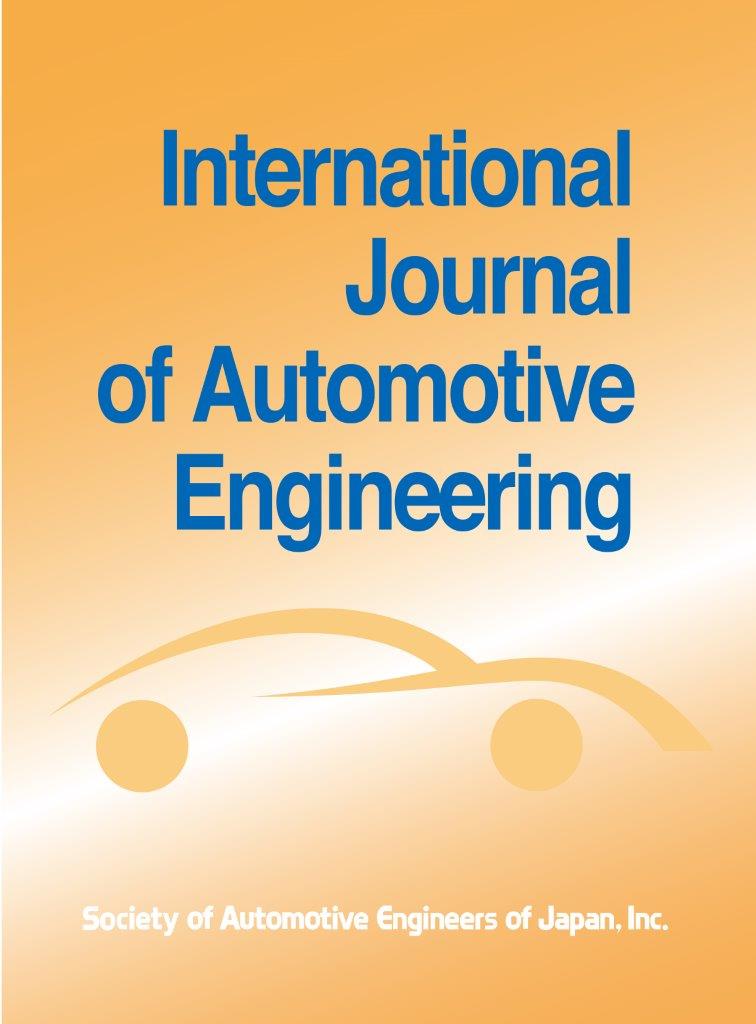9 巻, 2 号
選択された号の論文の8件中1~8を表示しています
- |<
- <
- 1
- >
- >|
Research Paper
-
2018 年 9 巻 2 号 p. 39-47
発行日: 2018年
公開日: 2018/04/19
PDF形式でダウンロード (1240K) -
2018 年 9 巻 2 号 p. 48-55
発行日: 2018年
公開日: 2018/04/24
PDF形式でダウンロード (1716K) -
2018 年 9 巻 2 号 p. 56-63
発行日: 2018年
公開日: 2018/05/09
PDF形式でダウンロード (2106K) -
2018 年 9 巻 2 号 p. 64-71
発行日: 2018年
公開日: 2018/06/06
PDF形式でダウンロード (1447K) -
2018 年 9 巻 2 号 p. 72-78
発行日: 2018年
公開日: 2018/06/06
PDF形式でダウンロード (1256K) -
2018 年 9 巻 2 号 p. 79-85
発行日: 2018年
公開日: 2018/06/14
PDF形式でダウンロード (1671K) -
2018 年 9 巻 2 号 p. 86-91
発行日: 2018年
公開日: 2018/06/21
PDF形式でダウンロード (1030K) -
2018 年 9 巻 2 号 p. 91-98
発行日: 2018年
公開日: 2018/06/28
PDF形式でダウンロード (2031K)
- |<
- <
- 1
- >
- >|
